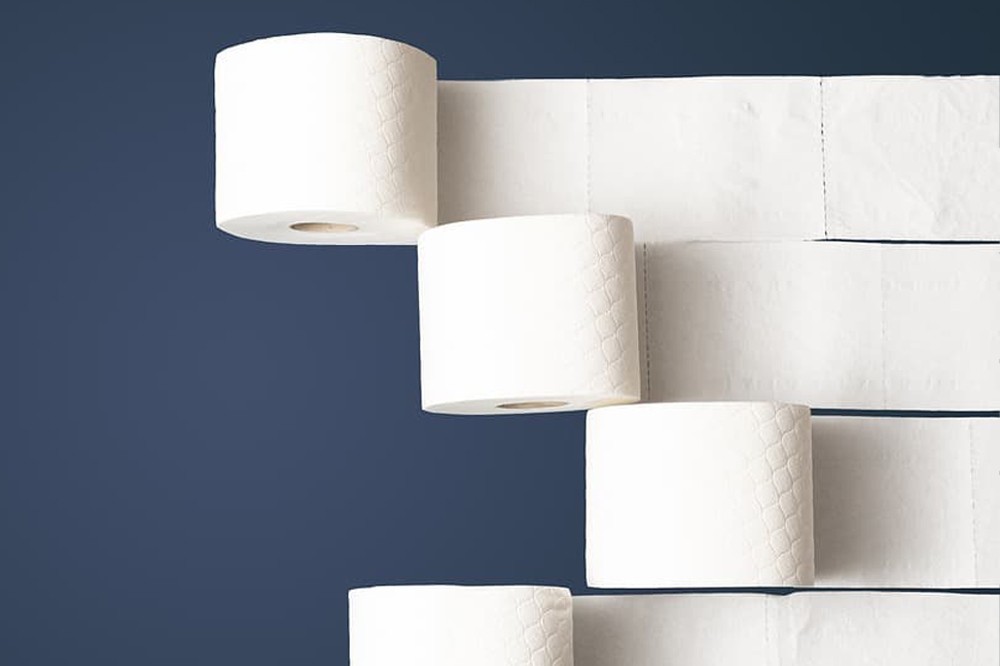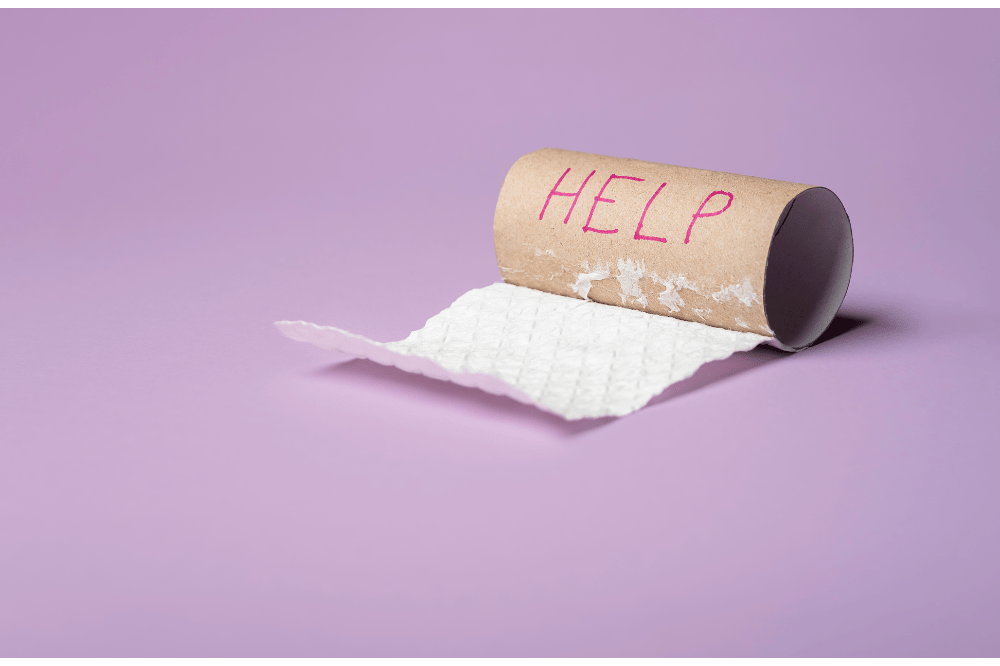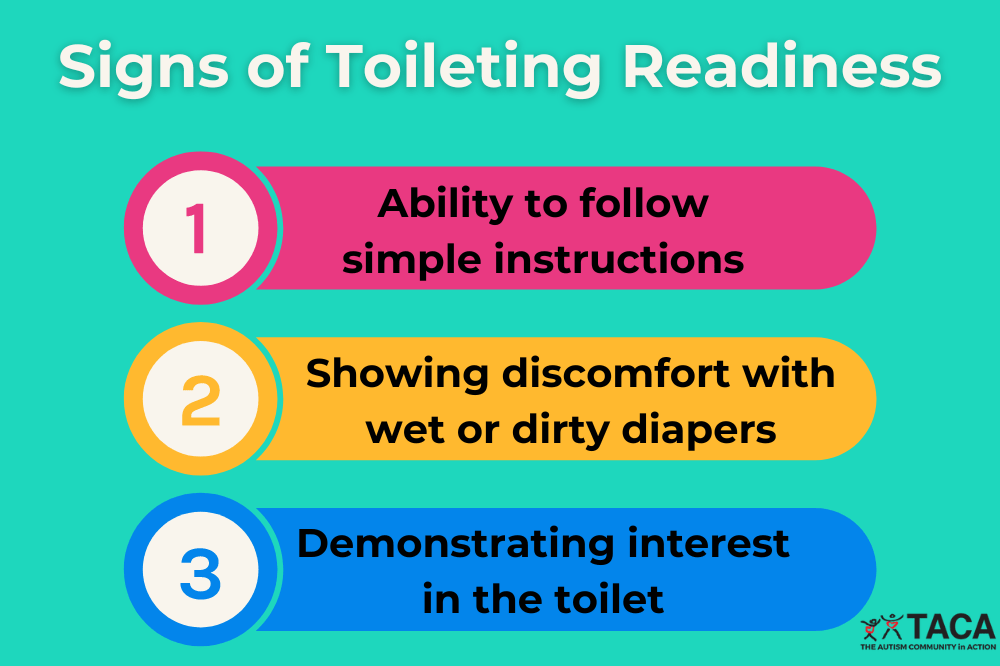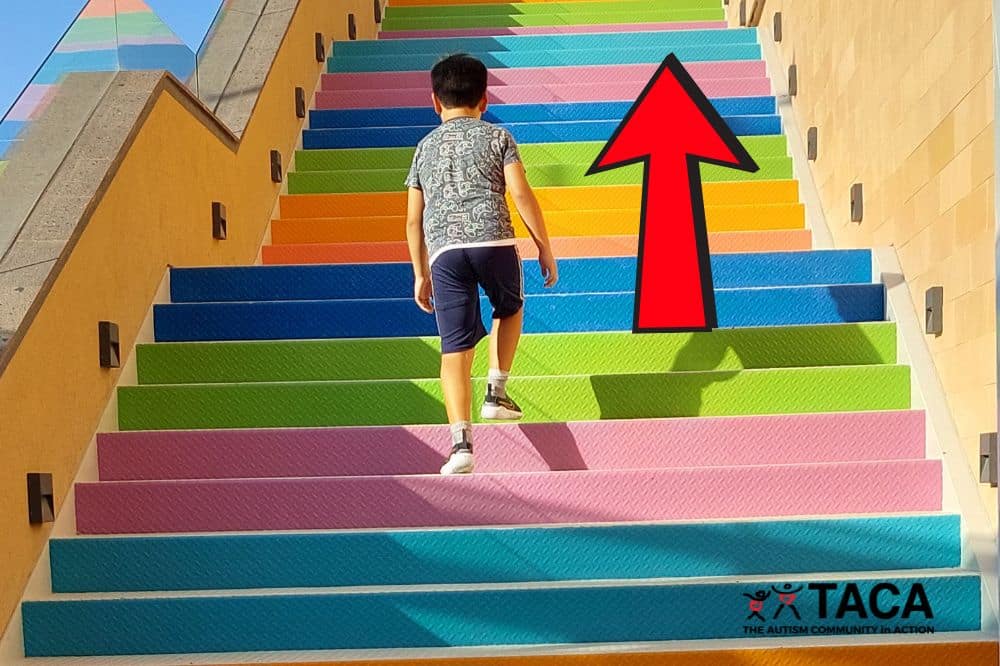Toilet Training Strategies for Autism

All contents of this resource were created for informational purposes only and are not intended to be a substitute for professional advice, diagnosis, or treatment. Always seek the advice of your physician, therapist, or other qualified health providers with any questions or concerns you may have.
Learning to independently use the toilet is a significant milestone for any child, but for children with autism, this journey can come with its own set of challenges and considerations. Understanding the reasons for toilet training challenges in children with autism is crucial to success. This article is designed to provide parents and caregivers with the knowledge and strategies they need to support their child through this important stage effectively.
Understanding the Difference
Toilet training strategies that work for neurotypical children may not always be effective for children with autism due to differences in sensory sensitivities, communication, and medical issues. Recognizing these differences is the first step in tailoring the toilet training approach to fit the unique needs of an autistic child.
Sensory Sensitivities
Physical Sensitivity
- Discomfort Sitting on the Toilet
- Toilet seats can be cold and hard. Try padded potty seats.
- Make sure your home toilets are properly fastened to the floor and do not wiggle.
- Washing Hands
- Some children struggle with getting their hands wet or scrubbing with soap.
- Gradually introduce handwashing by using playful techniques
- Use a visual schedule, Social Story, or video modeling.
- Sing a song while washing.
- Wash the hands of a doll or figurine.
- Make your own soap together and use it to wash.
- Recipe: Mix ½ cup cornstarch, ¼ cup liquid castile soap, 4 teaspoons of almond oil or avocado oil, and a few drops of natural food dye.
- Gradually introduce handwashing by using playful techniques
- Some children struggle with getting their hands wet or scrubbing with soap.
Sound Sensitivity
- Toilets flushes can be loud and sound different from each other.
- Get your child adjusted to the sound of flushing the toilet before trying to use the toilet.
- Let them flush the toilet without using it.
- Let them see you flush the toilet.
- Record the sound of the toilet flushing and play it at low volume, gradually increasing the volume as your child tolerates it
- Use noise-cancelling headphones.
- Bathrooms can amplify sounds and echo.
- Use sound-dampening things like bathroom rugs and towels at home to reduce echo and noise.
- In public restrooms, use noise-cancelling headphones or find a family bathroom that is smaller in size.
Light Sensitivity
- Bathroom lights can be bright or flicker, and fluorescent lights can buzz.
- At home, install a dimmer switch or use a floor lamp for lighting.
- In public, your child may need to use sunglasses or headphones if they are very sensitive to fluorescent lights.

Communication Challenges
Children with autism might have difficulty expressing their needs or understanding verbal instructions related to learning to use the toilet.
- Difficulty Expressing the Need to Use the Bathroom
- Introduce a simple sign or picture so your child can let you know they need to go to the bathroom.
- Schedule times to go to the bathroom, gradually increasing the time between bathroom attempts as they become more aware of their body signals.
- Struggling with Verbal Instructions
- Children may find it hard to understand or follow multi-step verbal instructions.
- Use clear, short phrases.
- Break down the toilet training process into one-step instructions.
- Use a visual schedule or checklist.
- Use video modeling.
Routine and Transition Issues
Autistic children often rely on routines, and introducing a new activity, like toilet training, can be challenging.
- Gradually introduce the concept of toilet training as part of the daily routine.
- Start by sitting on the toilet at scheduled times without the pressure actually to use the bathroom.
- Give choices when possible, such as which bathroom to use, what toy or book to use while sitting on the toilet, or choice of reinforcer.
- Use stories, videos, or dolls to demonstrate how and why we use the toilet in a concrete manner.
- Use repetition, reassurance, and reinforcement to help the child understand the steps involved in using the bathroom.
Medical Issues
Children with autism may face specific medical issues that impact potty training.
Constipation
- Constipation can make using the toilet uncomfortable and painful.
- The pressure felt from being constipated may make it difficult for a child with sensory issues to feel the need to use the bathroom.
- Use a foot stool at the toilet. Feet should not dangle, but be firm on a surface.
- The ideal position to poop in is a squat. Squatting improves the angle of the rectal canal, lessening pressure and straing while speeding up the time it takes to eliminate stool.
- Learn more about constipation and ways to combat it on TACA’s Poop Page.
Sensory Issues
- Often, children with sensory processing issues have difficulty recognizing the sensations that signal people to use the bathroom.
- Sensory seekers need more sensory input to feel things. That may result in them needing their bladder almost completely full before they sense the need to urinate, making them prone to accidents.
- Additionally, the weight or feeling of a heavy, wet diaper may actually be giving needed sensory input.
- As discussed above, the bathroom itself has numerous sensory elements that may be overwhelming and need accommodations.
- Work with an occupational therapist on sensory integration exercises to prepare your child to be able to use the toilet successfully.
Retained Primitive Reflexes
- Primitive Reflexes are involuntary responses that babies are born with for survival.
- Over time, these reflexes should integrate into the brain, making way for continued brain development.
- Sometimes, these reflexes do not get integrated for many reasons.
- The Spinal Galant Reflex is related to toilet training, bed wetting, and incontinence.
- Work with an occupational therapist or other provider trained in primitive reflex integration.
- Read more about Primitive Reflex Integration.
Anxiety
- Anxiety can lead a child to be fearful of the toilet training process, potentially leading to resistance or regression.
- Create a predictable routine to reduce anxiety about the unknown.
- Take the time to gradually introduce the concept of using the toilet before expecting successful, independent toileting.
- Be supportive, patient, and positive when working with your child on toilet training.
- Anxiety has multiple underlying medical issues associated with it.
- Learn more about the medical side of anxiety by reading TACA’s article on Anxiety in Autism.
Recognizing Readiness in Your Child
Knowing when your child is ready for toilet training is a critical aspect of the process. Signs of readiness can vary widely among children with autism and may not align with those of neurotypical children.

What to Do When Your Child Never Shows Signs of Readiness
If your child does not display typical signs of readiness, consider alternative approaches:
Introduce the Concept Gradually
- Use books, videos, and other educational materials about toilet training tailored to autistic learners.
Create a Predictable Routine
- Integrate bathroom time into your child’s daily schedule to build familiarity and reduce resistance.
Behavior Strategies and Tips for Toilet Training
Successfully toilet training a child with autism often requires a blend of patience, consistency, and positive reinforcement.
Effective Strategies Include:
- Visual Schedules
- Positive Reinforcement
- Social Stories
- Learn more about Strategies for a Calmer Home.
- Make it fun!
Teaching Older Kids, Teens, and Adults with Autism to Use the Toilet
Toilet training older children and teenagers with autism should be approached with sensitivity, ensuring respect for their dignity and fostering as much independence as possible. It’s important to be mindful of their developmental level, as well as their physical and emotional maturity.
Key Considerations
- Keep the process as private as possible to maintain dignity.
- Use respectful language that is age-appropriate when discussing using the toilet.
- Select age-appropriate books or videos, avoiding materials that may seem childish or patronizing.
- Consider adaptive clothing that have simple closures to make using the toilet easier.
- Tailor the bathroom environment to suit individual sensory needs.
- Consult with appropriate specialists or functional medicine provider to address underlying medical issues that may be prohibitive to using the toilet.
- Certain medications may affect the bladder or bowel movements. Work with your healthcare provider to manage schedules and dosages.
- Recognize and validate feelings of frustration that may arise during the learning process.
Conclusion
Toilet training a child with autism is a journey that requires patience, understanding, and a tailored approach. You can navigate this developmental milestone together by recognizing your child’s unique needs and addressing potential hurdles. Remember, every child’s path to toilet training success is unique, and celebrating small victories along the way can make all the difference.
Suggested Books for Children
Time to Use the Potty: A Potty Training Book for Boys and Girls




